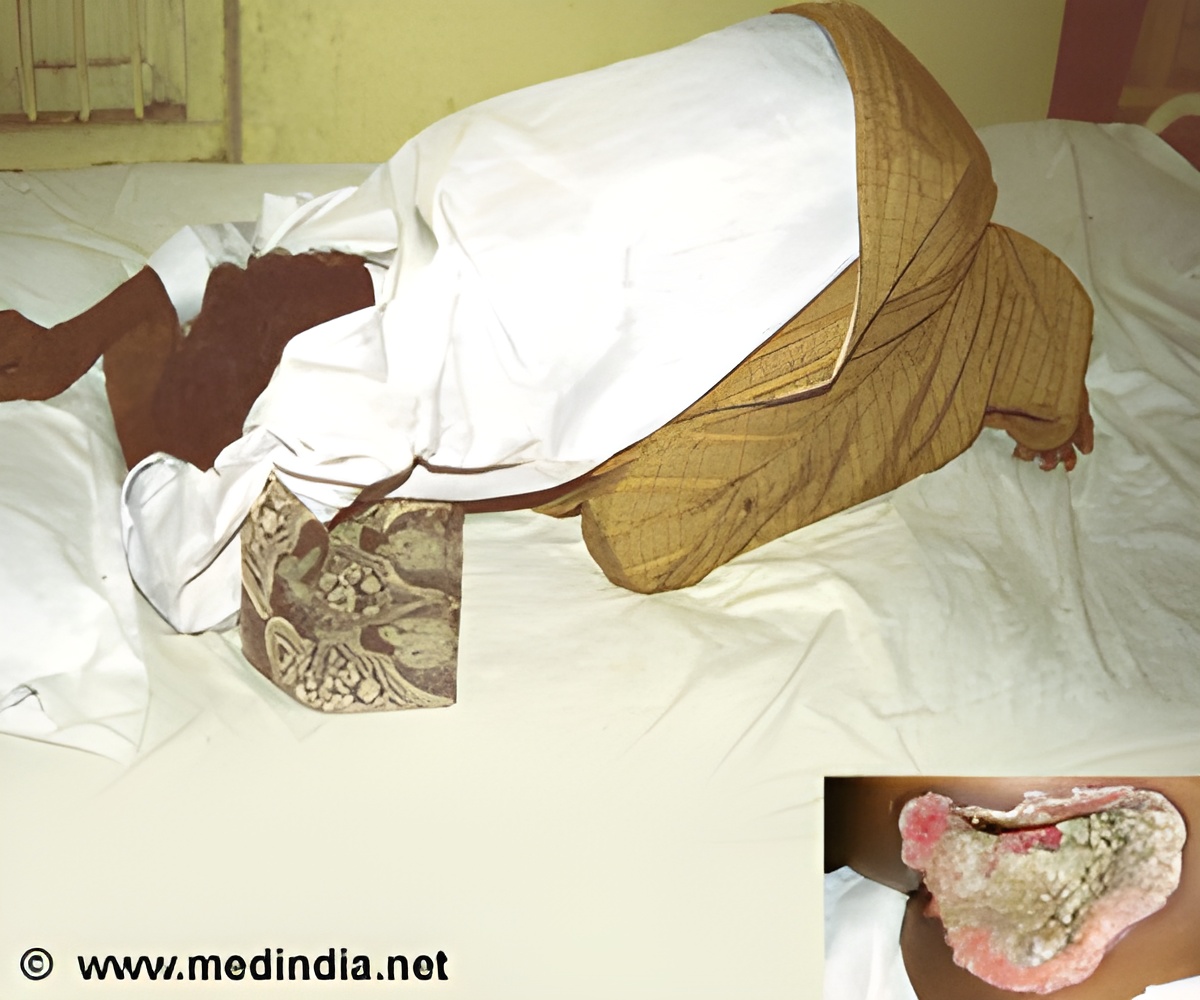Single spinal injection of AIBP protein was found to alleviate chemotherapy pain for months in mice, found study.

‘Single spinal injection of AIBP protein was found to alleviate chemotherapy pain for months in mice.’





As reported May 29 by Cell Reports, the treatment alleviated chemotherapy pain in mice for two months with no side effects. "Opioids and most other pain medications simply dampen a person's perception of pain. But the source of the pain is still there," said co-senior author Tony Yaksh, PhD, professor and vice chair for research in the Department of Anesthesiology at UC San Diego School of Medicine. "At the same time, opioids also impart a feeling of pleasure, which leads to their misuse and addiction. What's so special about our new approach, inhibiting the TLR4 receptor with AIBP, is that it actually modifies the pain processing systems themselves. So, if you think of neuropathic pain as a disease, then we see this as truly disease-modifying. We're blocking the underlying mechanism that causes pain, not just masking the symptoms."
Historically, Yaksh said, researchers thought inflammation and nerve injury were separate events. But a few years ago, he, co-author Maripat Corr, MD, and collaborators found that sometimes inflammation can transition to chronic pain with all the hallmarks of nerve injury -- a cellular event that involves TLR4.
This latest advance got its start three years ago when Yaksh attended a symposium where Yury Miller, MD, PhD, professor in the Department of Medicine, and now co-senior author of the study, was talking about his work on lipid metabolism and atherosclerosis. Yaksh, whose lab studies pain, realized they were both looking at TLR4, but for different reasons. Out of that chance interaction, the two started working together.
"My specialty is atherosclerosis, the underlying cause of heart attack and stroke, and we had been studying AIBP as a means to treat that condition," said Miller. "And it worked -- the study is now published in the Journal of Lipid Research. But we were also surprised to find that at the same time AIBP prevented and reversed chronic pain states. When Tony saw those results, he told me it was remarkable how effective it was."
Advertisement
"We are working on ways to deliver AIBP systemically, but if it comes down to a choice between living with chronic pain or getting a spinal injection once every few months, we think most people would take the injection," Miller said. "As it stands now, AIBP could be developed as therapy for unremitting severe pain that only responds to high dose morphine. AIBP would remove the need for opioids, and reduce the potential for drug abuse."
Advertisement
"We're not saying we shouldn't use opiates to treat chronic pain or in particular cancer pain -- that would be a tragedy," Yaksh said. "But it would also be a greater tragedy if we didn't support work to find a substitute for systemic opiates ... if for no other reason to reduce its presence in our society."
Source-Eurekalert










